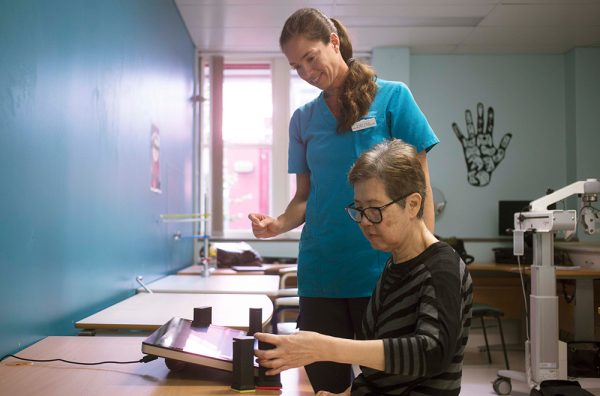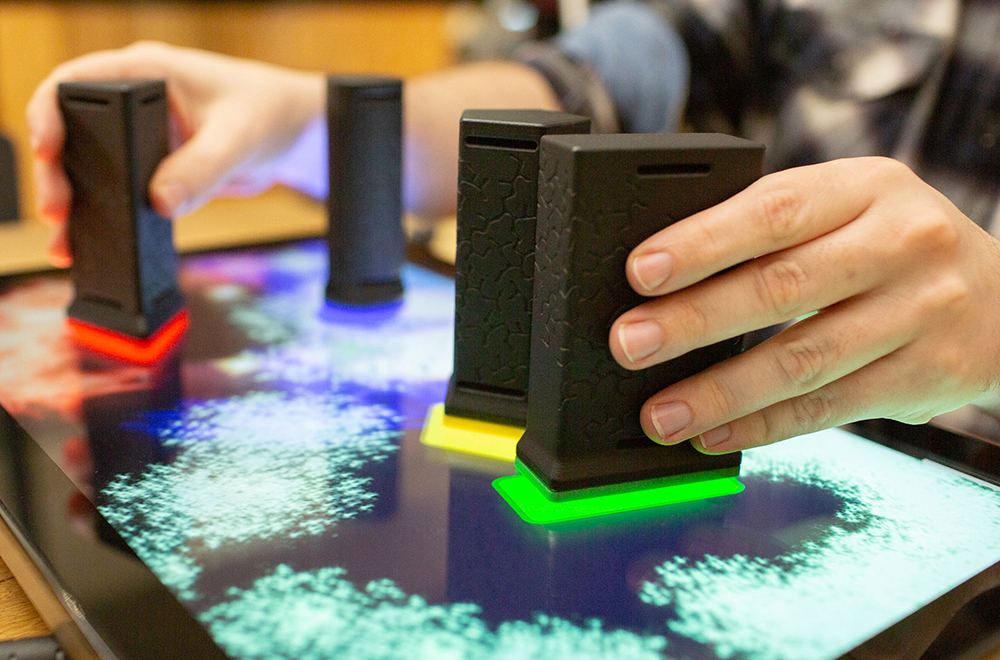A touch-screen therapy tool could accelerate the recovery of patients who have suffered a stroke and change the way rehabilitation is delivered. Called EDNA, the digital software delivers therapy through a series of fun and challenging therapeutic games via a touchscreen device.
Findings from a randomised clinical trial showed stroke patients who incorporated EDNA into their treatment programs experienced an improvement two to three times greater than those who received only conventional therapy.
Stroke is one of the most common forms of acquired brain injury and currently affects half a million Australians. It often results in impaired hand and reach function, making it a leading cause of disability.
RMIT University lead researcher, associate professor Jonathan Duckworth, said the digital form of rehabilitation was intended to maintain patient engagement, improving compliance and recovery. “We designed EDNA so that patients could be doing therapy without it feeling like therapy,” he said.

EDNA features a range of therapeutic games that involve tangible and graspable tools with augmented feedback, promoting brain plasticity to regain motor, cognitive and functional ability. Performance data is collected in the cloud, allowing therapists to remotely review the integrated data, monitor recovery and deliver tailored treatment programs.
Duckworth said that while the results couldn’t yet be used to predict longer-term recovery, the findings were promising and showed the value of including EDNA as part of a therapy toolkit.
“EDNA is the first upper-limb brain injury rehabilitation system to integrate clinic and home therapy to monitor recovery, so there’s great potential to transform the industry and improve outcomes for patients.”
A new study is now underway at Sydney’s Prince of Wales hospital using a portable version that allows for increased treatment frequency with independent therapy at home.
Study co-author, professor Peter Wilson from the Australian Catholic University, said a home-based therapeutic solution had the potential to reduce the number of weekly hospital visits and aligned with recent trends towards patient-centred rehabilitation.
“Patients can struggle to maintain therapy activities between sessions, so having a portable device to take home and use on their own could increase therapy uptake and speed up recovery,” he said.
The recent clinical trial, published in the Journal of NeuroEngineering and Rehabilitation, involved a specialised table-top touch screen.
Subscribe to the F2L newsletter
Join over 7,500 subscribers for the latest news, products, services and technologies for the disability and rehabilitation sectors. Subscribe here.

